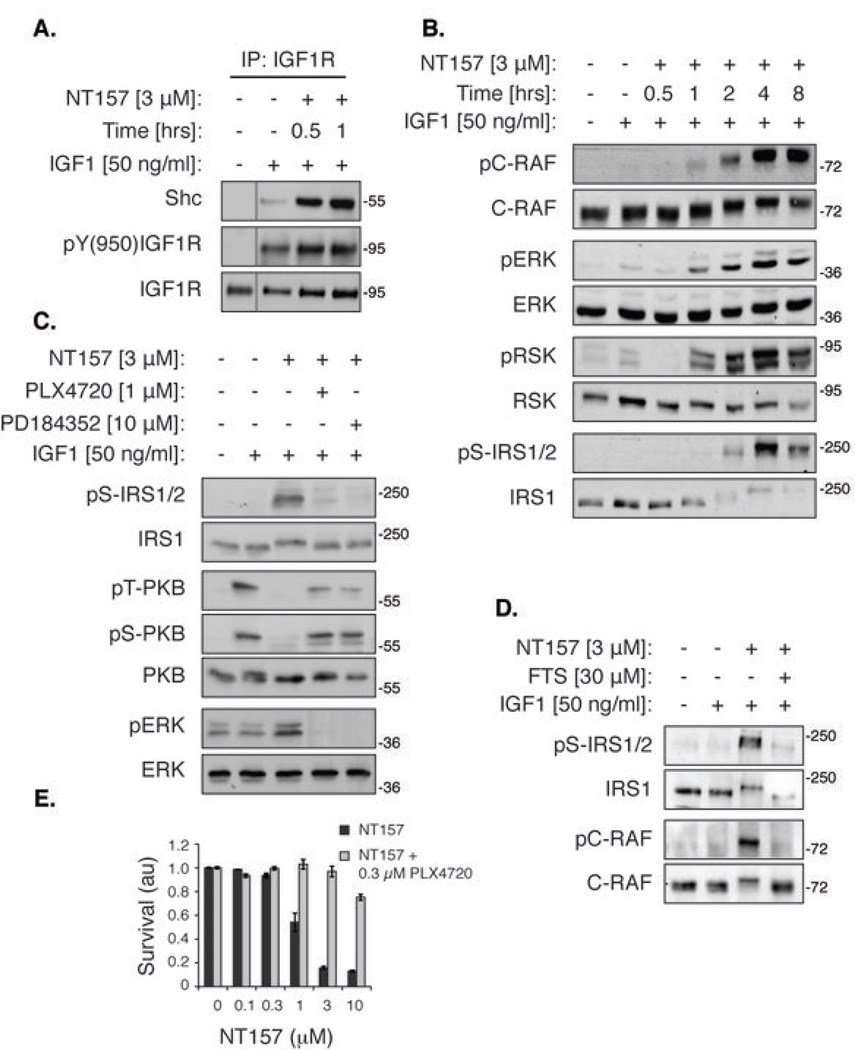Figure 4. NT157 shifts IGF1R complexation from IRS1/2 to Shc and leads to ERKMAPK-dependent Ser-phosphorylation of IRS1/2 in A375 melanoma cells.
(A) NT157 promotes recruitment of Shc to IGF1R. Serum-starved A375 cells were treated with NT157, stimulated with IGF1, and lysed. IGF1R was immunoprecipitated (IP) and Shc levels in the IP samples were detected. (B) Time-dependent activation of the ERKMAPK pathway. Serum-starved A375 cells were treated with NT157 for the indicated times, stimulated with IGF1 for 5 min, and lysed. The kinase activity of ERK was assessed by analysis of the phosphorylation of its direct substrate, RSK. (C) The ERKMAPK pathway mediates the NT157-induced Ser-phosphorylation of IRS1/2. Serum-starved A375 cells were treated with an inhibitor of mutated B-RAF (PLX4720) or of MEK1/2 (PD184352) for 30 min, and then NT157 was added for 4 hrs. Cells were then stimulated with IGF1 for 5 min and lysed. (D) The NT157-induced C-RAF activation is Ras-dependent. Serum-starved A375 cells were treated with an inhibitor of Ras (FTS) for 10 min and then NT157 was added for 4 hrs. Cells were stimulated with IGF1 for 5 min and lysed. (E) The ERKMAPK pathway mediates the anti-proliferative effect of NT157. A375 cells were treated with PLX4720 and NT157 for 72 hrs and then survival was quantified by methylene blue staining.

